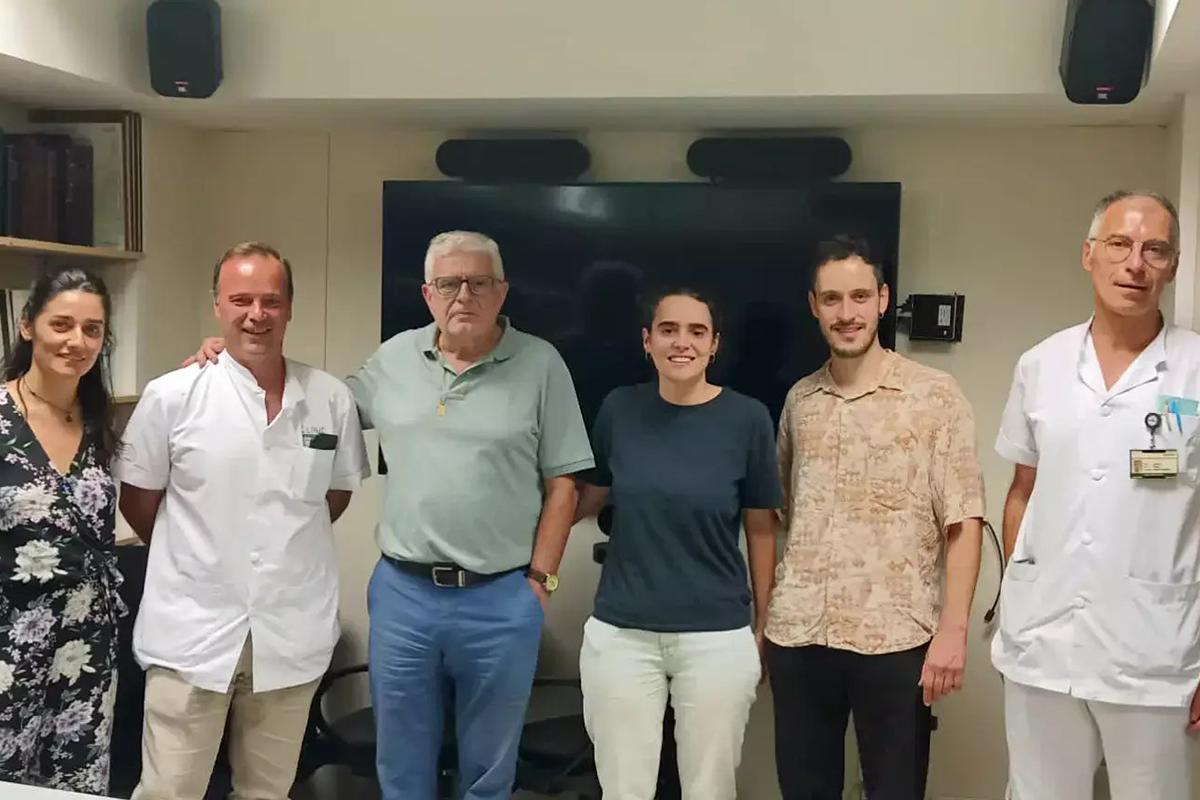The fact that animal models of respiratory distress syndrome do not faithfully reproduce features of the human disease hampers application of laboratory findings to…
The fact that animal models of RDS do not faithfully reproduce the features of the human disease hinders translation of laboratory findings into clinical practice.
“In these models, many of the stimuli used to damage lung tissue, such as intravenous oleic acid or endotoxin, were not associated with the cause of disease in humans.” point Enric Barbeta, Postdoctoral Researcher, IDIBAPS Group Applied Research in Respiratory Infection and Critical Care led by Antoni Torres.
“For this reason, we set out to create a porcine model induced by the two most common risk factors in patients, pneumonia from bacterial infection and lung injury from mechanical ventilation.”
The study, published in the journal Intensive Care, defined that animals developed hypercapnia, a rise in the partial pressure of carbon dioxide in the blood due to a decreased respiratory rate, despite the support of mechanical ventilation.
They have impaired oxygenation of the blood, reduced lung inflation, and edema or fluid accumulation in the lungs. at last, Bacterial infection leads to cardiovascular dysfunction, lung inflammation and alveolar damage, The small sac at the end of the bronchioles where oxygen and carbon dioxide are exchanged with the blood.
“Given that all of these presentations remained constant over the course of the experiment, 96 hours, and that they were also very similar to those presented by patients, we believe our model is a good one to study respiratory distress syndrome.” , claim Ana Motos, lead author of work with Barbeta. “In particular the impact of mechanical ventilation, as animals receiving this support developed severe respiratory complications. In fact, these complications also occur in patients with respiratory distress syndrome and are life-threatening. “
Extracorporeal membrane oxygenation, or ECMO, is an alternative for patient care. This mechanical ventilation system can oxygenate and cleanse the blood without intervention of the lungs, which facilitates the recovery of these organs. “In the next few months, our team will start a study in our porcine model with the Surgical Intensive Care Unit Clinic in Barcelona to evaluate the benefit of applying the ECMO system in the treatment of respiratory distress syndrome. We hope that the results Enables progress in the development of protection and treatment strategies for the disease’, concluded C.Alos Ferrando and Anthony Torres also participated in and led the study.

